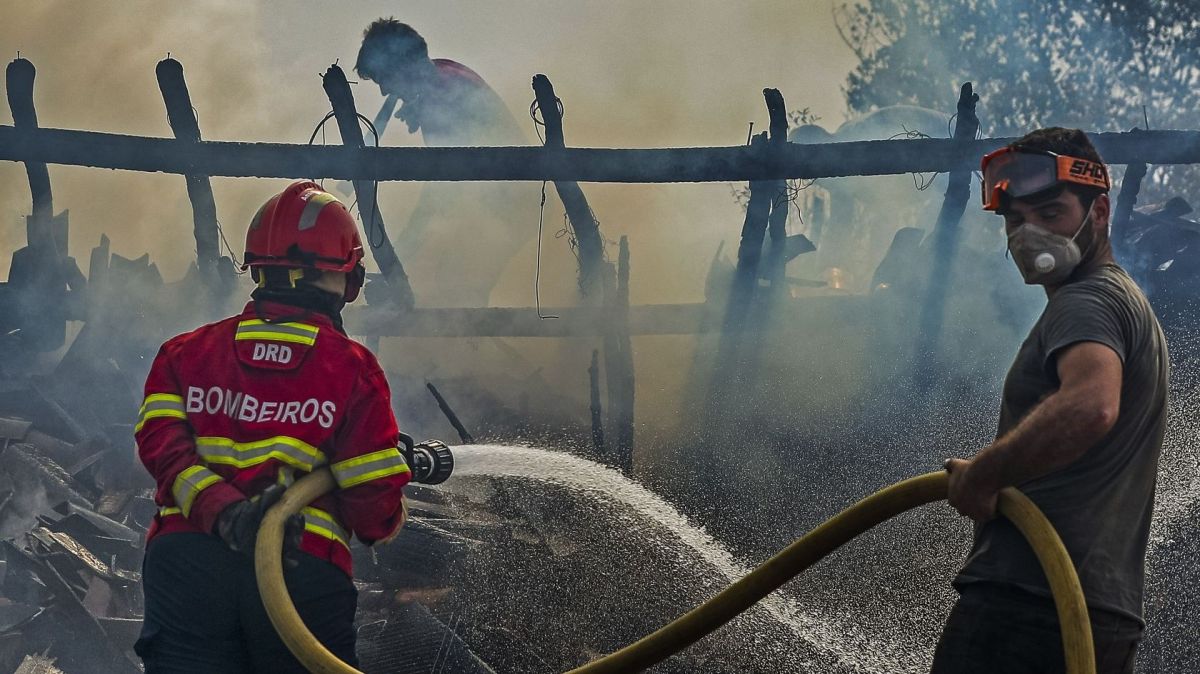According to estimates, "the European territory prone to fires has doubled in the last 50 years", says Yossi Matias, vice president and head of Google Research, in a post on the Google Portugal blog.
"By using AI, we are able to show detailed monitoring of forest fires in 'Search' and 'Maps'. Now, during this summer with record temperatures, we are expanding this tool to 15 countries in Europe and Africa", including Portugal, he adds.
Andorra, Bosnia and Herzegovina, Croatia, Cyprus, France, Greece, Italy, Kenya, Monaco, Montenegro, Rwanda, Slovenia, Spain, and Turkey are the remaining 14 countries where the wildfire boundary monitoring tool is being launched.
Wildfire boundary maps were already available in the United States, Australia, Brazil, Argentina, Chile, and Mexico.
“We are making this information available through alerts and resources that provide information to people near a wildfire on how to stay safe,” said Yossi Matias, adding that “Google’s AI-powered wildfire monitoring model is trained on multiple data sources, including a wide variety of satellite imagery datasets.”
In addition, “we also validated our wildfire monitoring model by comparing it to our own model of fire scars - the shapes that appear after a fire has been contained—based on measurements from previous wildfire events. Other AI models are used to check for fires, and all of this together allows us to define more accurate and definitive wildfire boundaries than using satellite imagery alone,” he explains.
As a result, “by implementing this new capability over the summer, we mapped more than 40 wildfires across southern Europe, including fires in Spain, Greece, and Cyprus last June, as well as other fires from Portugal to Kenya.”
In other words, “we displayed these wildfire boundaries in Search and Maps, and made local information available through notifications—a tool designed to complement existing local efforts to help people access information and stay safe.”
After the start of wildfires in Europe and Africa, “and in the first week of July alone, around 1.4 million people saw our wildfire notifications,” says Yossi Matias. The notifications are based on user settings and preferred language, offering travelers during the tourist season ways to receive local and timely information about wildfires in their own language, according to Google. These notifications “are overlaid on Google Maps driving directions,” indicating to travelers whether their route may have wildfires nearby. This feature is being rolled out in “countries that have been affected by wildfires in recent summers and based on the quality of our model in each country,” he says. As the models evolve over time, “we hope to expand to more countries and continue to share critical information with people when they really need it,” he adds.













